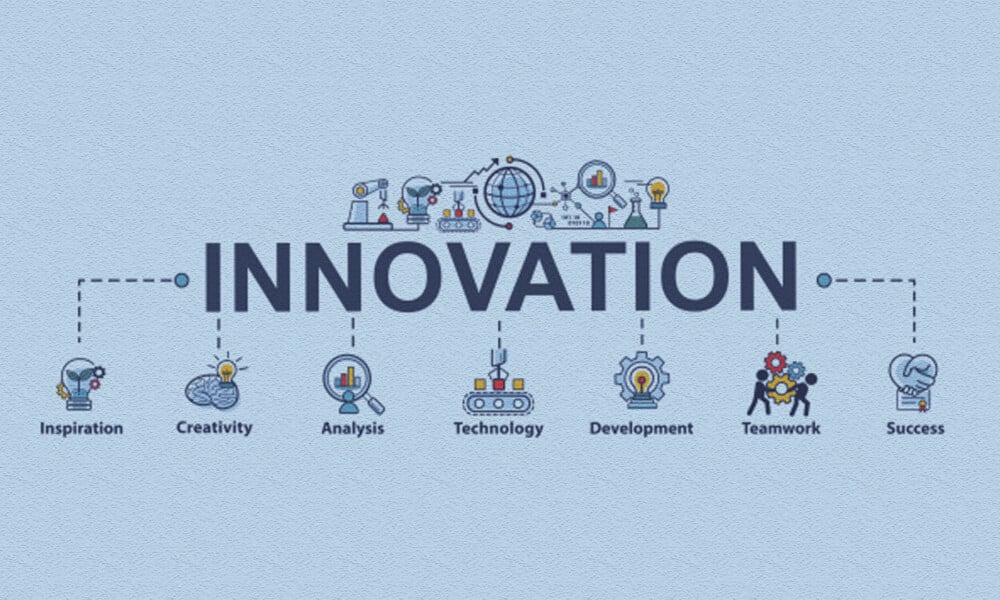The Role of Open Innovation in Solving Complex Challenges

As the world becomes more complex, the challenges we face are becoming increasingly difficult to solve. From climate change to pandemics, these problems require innovative solutions that can only come from a collaborative effort. Open innovation is one such approach that has gained significance in recent years. In this article, we will explore the role of open innovation in solving complex challenges.
Defining Open Innovation

Open innovation is a collaborative approach that involves sharing ideas, resources, and expertise across organizational boundaries. It involves partnering with external stakeholders such as customers, suppliers, and even competitors, to co-create solutions that address complex challenges. The goal of open innovation is to tap into the collective knowledge and expertise of a diverse group of individuals to solve complex problems.
The Benefits of Open Innovation
Open innovation offers several benefits that make it a valuable approach for solving complex challenges:
- Diverse perspectives: Open innovation brings together individuals from diverse backgrounds and experiences, providing a wider range of perspectives on a given problem.
- Increased creativity: Working with external stakeholders can lead to the generation of new and innovative ideas that may not have been possible with internal resources alone.
- Cost savings: By sharing resources and expertise, open innovation can help organizations reduce costs associated with research and development.
- Improved outcomes: By tapping into the collective knowledge and expertise of a diverse group of individuals, open innovation can lead to better outcomes and more impactful solutions.
Examples of Open Innovation in Action
Open innovation has been used to solve a range of complex challenges across various industries. Here are a few examples:
- Healthcare: In the healthcare industry, open innovation has been used to develop new drugs and treatments for diseases such as cancer and Alzheimer’s. For example, the Alzheimer’s Drug Discovery Foundation (ADDF) has partnered with pharmaceutical companies, academic institutions, and government agencies to accelerate the discovery of new treatments for Alzheimer’s disease.
- Technology: In the technology industry, open innovation has been used to develop new products and services. For example, companies such as IBM and Microsoft have launched open innovation platforms that allow developers to collaborate and build new applications on their platforms.
- Sustainability: Open innovation has also been used to address sustainability challenges such as climate change. For example, the Global Challenges Foundation has launched a competition that invites individuals and organizations to submit innovative ideas for addressing global risks such as nuclear war and climate change.
The Future of Open Innovation
Open innovation is a valuable approach for solving complex challenges, and its significance is likely to continue to grow in the future. As we face increasingly complex challenges, we will need to tap into the collective knowledge and expertise of a diverse group of individuals to find solutions. Open innovation provides a framework for doing just that.
Open innovation is a collaborative approach that involves sharing ideas, resources, and expertise across organizational boundaries. It offers several benefits, including diverse perspectives, increased creativity, cost savings, and improved outcomes. Open innovation has been used to address complex challenges across various industries, and its significance is likely to continue to grow in the future.





